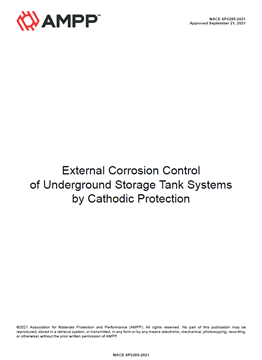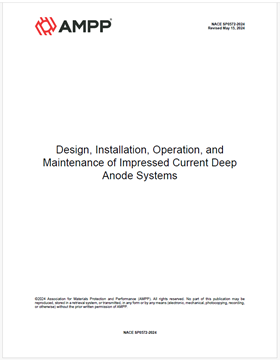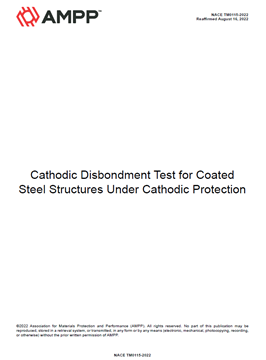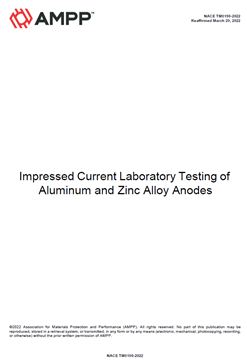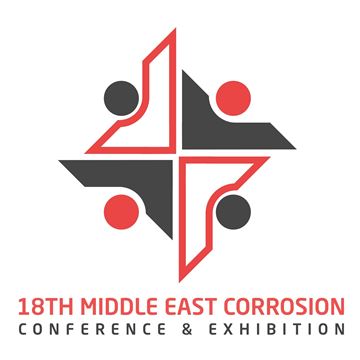Search
Products tagged with 'cathodic protection'
View as
Sort by
Display
per page
NACE SP0285-2021, External Corrosion Control of Underground Storage Tank Systems by Cathodic Protection
Product Number:
NACE SP0285-2021
Publication Date:
2021
$109.00
NACE SP0572-2024, Design, Installation, Operation, and Maintenance of Impressed Current Deep Anode Systems
Product Number:
NACE SP0572-2024
Publication Date:
2024
$109.00
NACE TM0115-2022, Cathodic Disbondment Test for Coated Steel Structures Under Cathodic Protection
Product Number:
NACE TM0115-2022
Publication Date:
2022
$109.00
NACE TM0190-2017, Impressed Current Laboratory Testing of Aluminum and Zinc Alloy Anodes
Product Number:
21221-SG
Publication Date:
2017
$179.00
NACE TM0190-2022, Impressed Current Laboratory Testing of Aluminum and Zinc Alloy Anodes
Product Number:
NACE TM0190-2022
Publication Date:
2022
$109.00
NACE TM0497-2022, Measurement Techniques Related to Criteria for Cathodic Protection on Underground or Submerged Metallic Piping Systems
Product Number:
NACE TM0497-2022
Publication Date:
2022
$109.00
New Coating Technology to Resolve External Surface Casing Chronic Corrosion Challenge
Product Number:
MECC23-19874-SG
Publication Date:
2023
$20.00
Novel HDD Mechanical Protection for Reduced Holidays
Product Number:
51323-19303-SG
Publication Date:
2023
$20.00
Obtaining The Polarized Potential Under AC Interference
Product Number:
51322-17634-SG
Publication Date:
2022
$20.00
Off-line Inspection and Corrosion Identification of Above Storage Water Tank
Product Number:
51323-18980-SG
Publication Date:
2023
$20.00
Optimizing CP Life Extension Projects for Marine Offshore Structures
Product Number:
51323-19070-SG
Publication Date:
2023
$20.00

